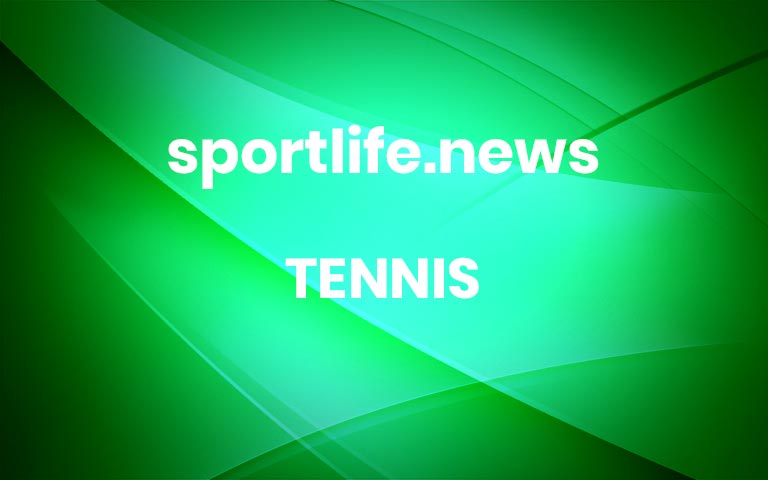Bad Planning and Errors, Not Fans, Led to Champions League Chaos, Report Says
A French Senate inquiry faulted the authorities for blaming large crowds of supporters instead of owning up to their failures, after violence and confusion marred the match near Paris. PARIS — Faulty coordination, bad planning and multiple errors by French authorities were responsible for the chaos that marred this year’s Champions League soccer final just outside Paris, according to a parliamentary report published on Wednesday that criticized officials for blaming English fans instead of acknowledging their own failings.The scenes of confusion and violence at the May 28 final between Real Madrid and Liverpool were described as a “fiasco,” and with Paris scheduled to host the Summer Olympics in two years, the report urged French officials to dispel doubts over the country’s ability to host large-scale sporting events. The report found that the authorities were unprepared for the tens of thousands of Liverpool supporters who converged on the Stade de France, and in no uncertain terms, it rejected the French government’s initial insistence that the dangerous crush of fans had been caused on that evening by the presence of fans who had fake tickets, or none at all.“To us, it is clear that it isn’t because Liverpool supporters were accompanying their team that things went badly,” Laurent Lafon, a lawmaker who presides over one of the two Senate committees that ran the investigation, said at a news conference on Wednesday.Supporters were also mugged after the game by groups of petty criminals who took advantage of the chaos to try to enter the stadium and to harass fans. Few police officers were stationed to prevent crime, because most were focused on potential hooliganism or terrorist threats, the report noted. The poor planning meant that serious problems were nearly inevitable, the report said. “A series of dysfunctions” occurred “at every stage,” Mr. Lafon said, because soccer officials, the police and the transportation authorities were “in their own lane without any real coordination” — failing to anticipate that a large number of supporters would come and reacting sluggishly when crowds started to build up.Chaotic scenes of fans scaling stadium fencing and of families being sprayed with tear gas at the game — the biggest match in club soccer, watched by hundreds of millions around the world — seriously dented France’s credibility to hold similar high-profile events, like the 2023 Rugby World Cup and the Olympics.Liverpool fans lining up to enter the stadium. The planning for the match has raised questions about France’s ability to host big sporting events.Matthias Hangst/Getty ImagesThe senators urged President Emmanuel Macron’s government to recognize the mistakes, to tweak policing tactics, and to improve France’s strategy for securing large-scale sporting events.“We mustn’t let spread the idea that we can’t organize big sports events,” said François-Noël Buffet, another senator who led the inquiry, on Wednesday. “If the truth had been told right away, we wouldn’t be here two months afterward.”Gérald Darmanin, Mr. Macron’s tough-talking interior minister, had quickly blamed the chaos on 30,000 to 40,000 Liverpool supporters with fake tickets or no tickets at all — in the end, only about 2,500 forged tickets were scanned, the report said.Mr. Darmanin, who belatedly apologized for the organizational failures on that evening, said on Wednesday that the government would follow the report’s recommendations. Those ideas include improving real-time communication between the authorities for large-scale events, systematically planning alternative overflow routes to prevent crowd buildups, and to reduce bottlenecks by finding ways to encourage fans to arrive earlier.“Not only were there dysfunctions, but also errors of preparation,” Mr. Darmanin told lawmakers on Wednesday, adding that authorities would “draw all consequences” in preparing for future events.The report faulted the French authorities for their “dated perception of British fans, reminiscent of the hooligans of the 1980s,” that led them to overstate the threat of violent supporters and to underestimate the threat of petty criminality.“The political will to suggest that the presence of British fans was the sole cause of the chaotic situation at the Stade de France, perhaps in order to hide the poor organizational choices that were made, is in any case unacceptable,” the French senators wrote in a summary of their report.Video surveillance footage from the stadium was automatically deleted seven days after the game, per usual practice, because authorities failed to request copies — a decision that showed poor judgment and prevented them from accurately determining the number of ticketless fans, the senators said. Spirit of Shankly, one of the main Liverpool fan groups, welcomed the report, calling it a “clear message of support” for Liverpool supporters who attended the match. Many had accused the French police of using aggressive tactics, including tear gas, on the night of the game, and were outraged when French officials pinned the blame on them.Riot police took up positions in front of the Liverpool fans during the match. The report faulted French authorities for their “dated perception of British fans, reminiscent of the hooligans of the 1980s.” Matthias Hangst/Getty Images“Spirit of Shankly would like to thank the Senate both for welcoming the testimonies of fans and consequently vindicating them from any responsibility,” the group said in a statement on Wednesday, although it added that it still expected “a full apology from the French government.”The report, which was written after public hearings with government officials, local authorities and fan groups, acknowledged that several factors complicated crowd control that night, including a strike on one of the main commuter trains leading to the stadium, and larger-than-expected crowds of English supporters converging on the stadium.But the senators said the French authorities did not have adequate contingency plans in place and failed to adapt when the situation started to spiral out of control.Stadium employees were insufficiently trained to handle disgruntled or distressed fans, the report said, and the police and transportation authorities reacted far too slowly to redirect the flow of fans and avoid bottlenecks that were created when a pre-filtering system meant to prevent terror attacks was also used by stewards to check tickets.There were not enough signs and staffers in place to guide supporters, the report added, and there was no system in place to update supporters on what was going on — including on the fact that the game had been delayed, “which would have avoided stampedes to get inside.”A report commissioned by the government came to similar conclusions last month, and UEFA, European soccer’s governing body, is carrying out its own review. The French senators blamed UEFA for its ticketing policy, arguing in their report that it should make “unforgeable,” paperless tickets mandatory for major events like the Champions League final.Tariq Panja More



